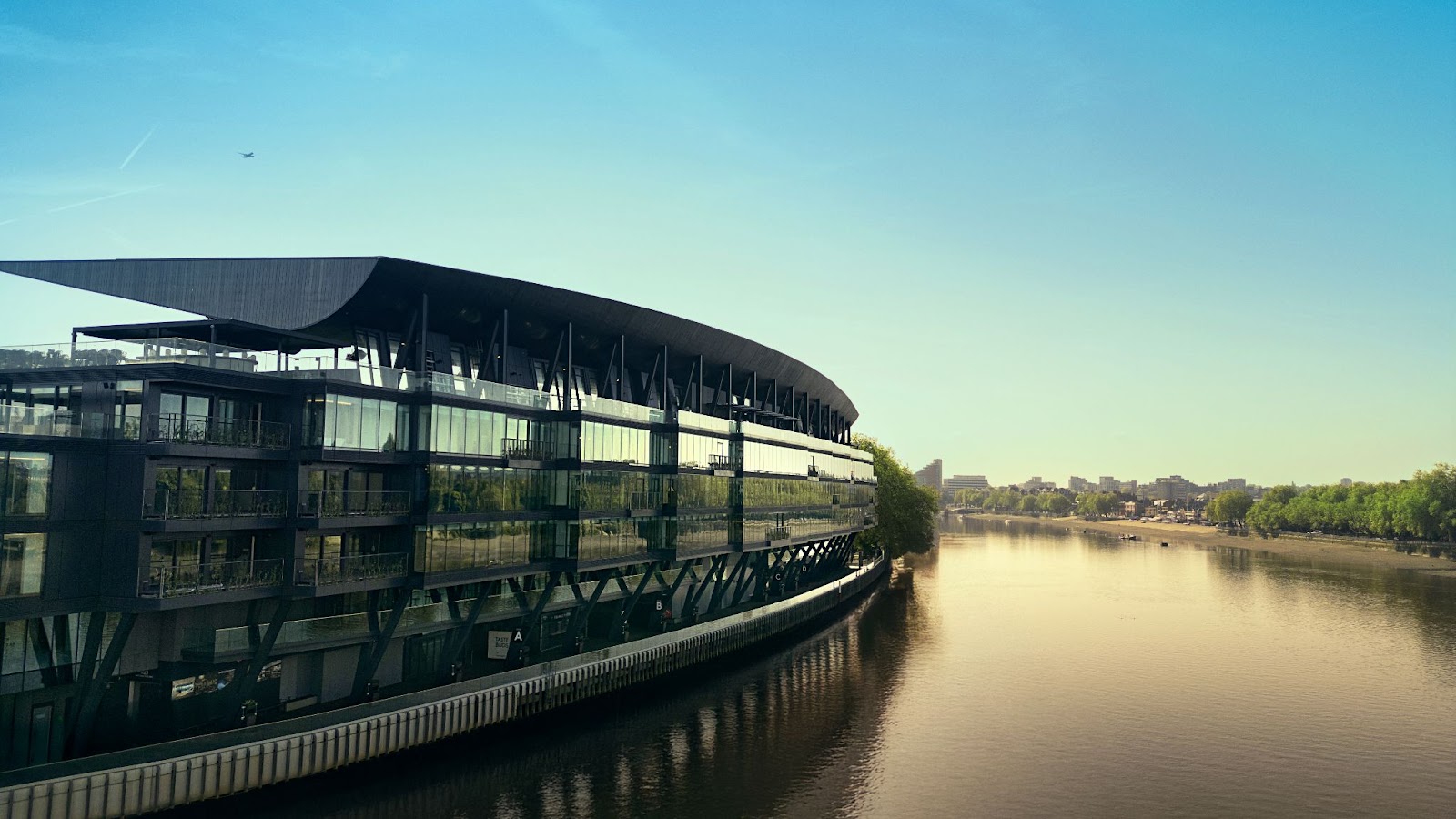Stefan Trifonov, head of engineering at Schüco UK on how to adapt to varying sunlight angles by using effective horizontal sun shading over traditional vertical fins.
How are architects, engineers and the construction industry as a whole developing solutions to maximise transparency while meeting energy performance targets? Why does transparency still matter today? And how can we manage and strike a balance between the tensions of optimum façade performance and embodied carbon?
Stefan Trifonov, head of engineering at Schüco UK, focusses on daylight management challenges, emphasising the need to adapt to varying sunlight angles and advocating for effective horizontal sun shading over traditional vertical fins. With this in mind, he is keen to note the similarity in aesthetic principles popularised in the 1950s by Mies van der Rohe and the International Style, and today – and what that means for how façade systems can perform.
Using 70 Great Bridgewater Street in Manchester as an example, Trifonov explains how the unitised façade system employed has mullions designed to accommodate a stainless steel plate that can support architectural fins while eliminating thermal bridging within the façade.
Watch the video above the learn about this project and more in full detail.














